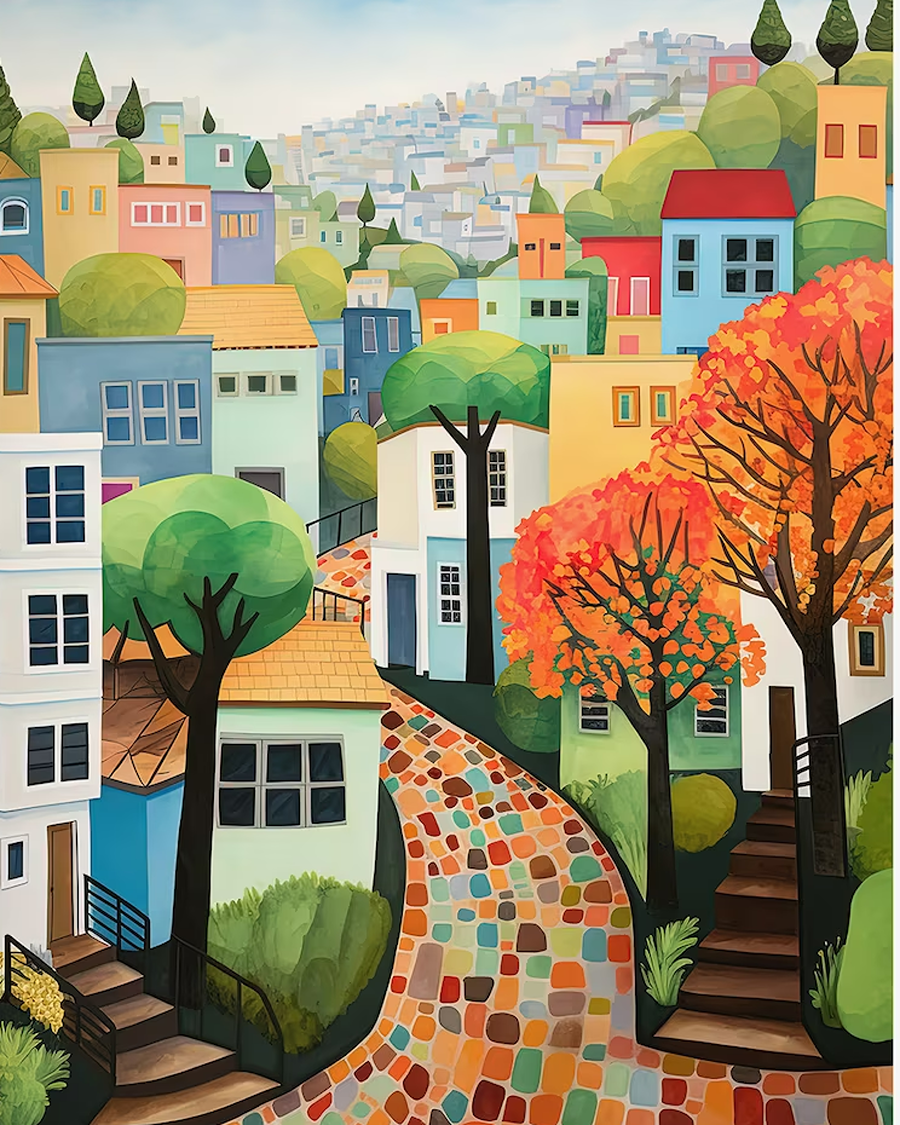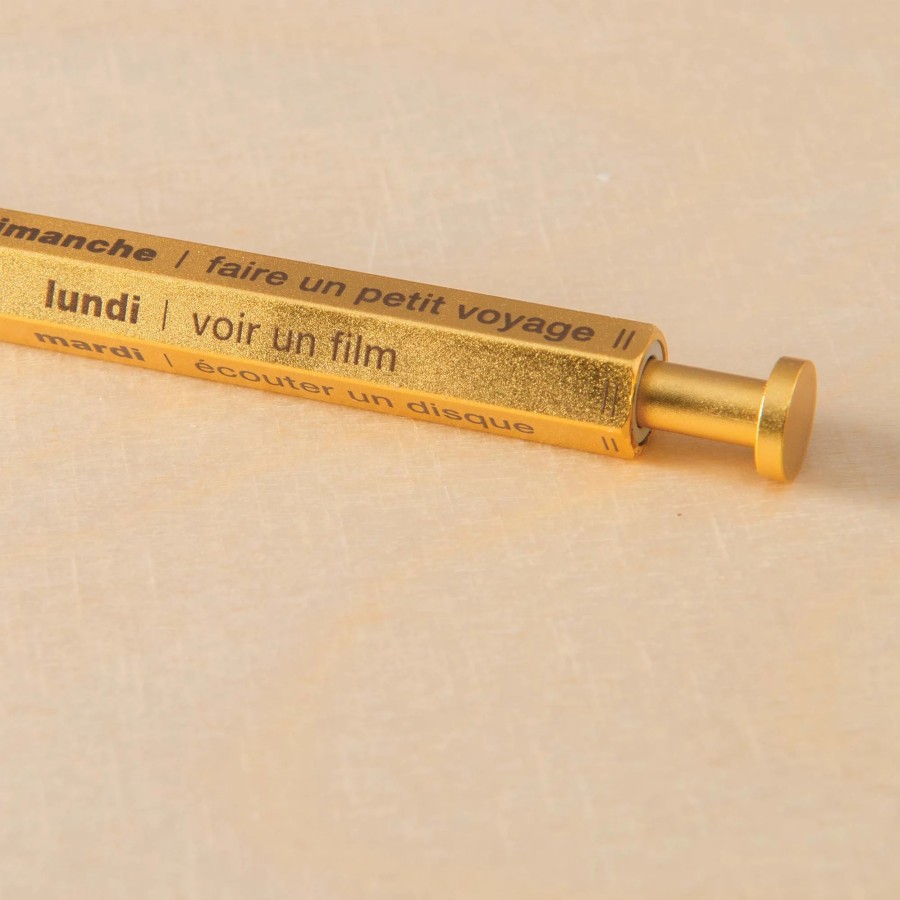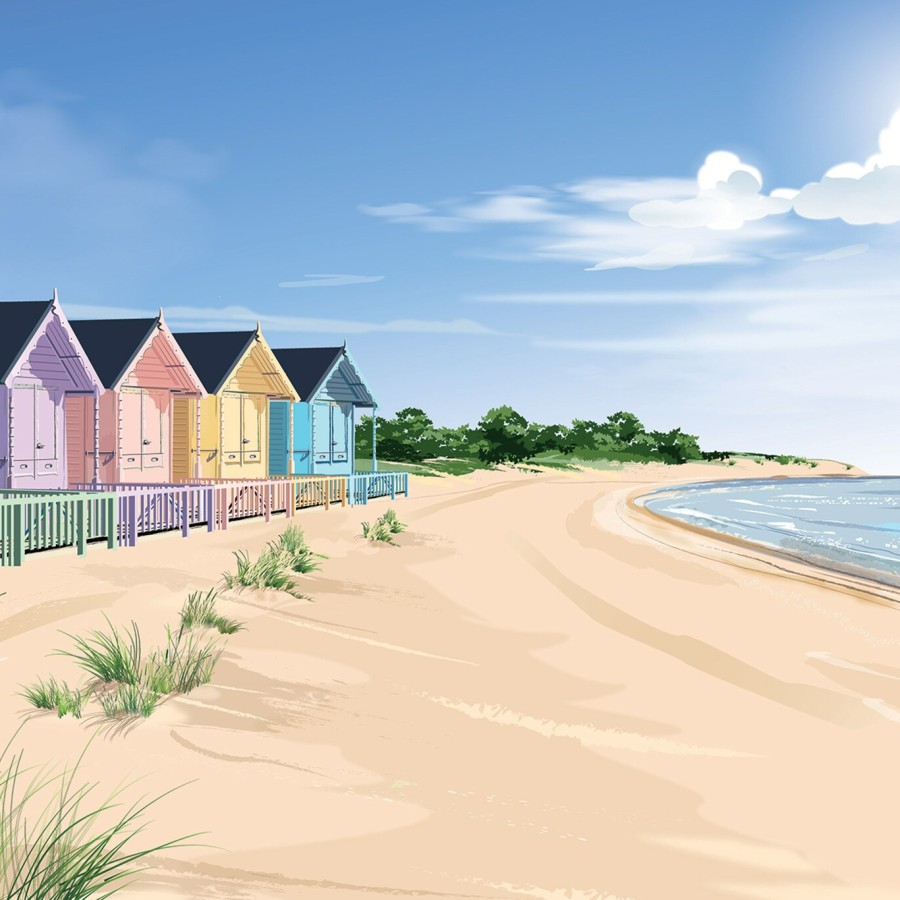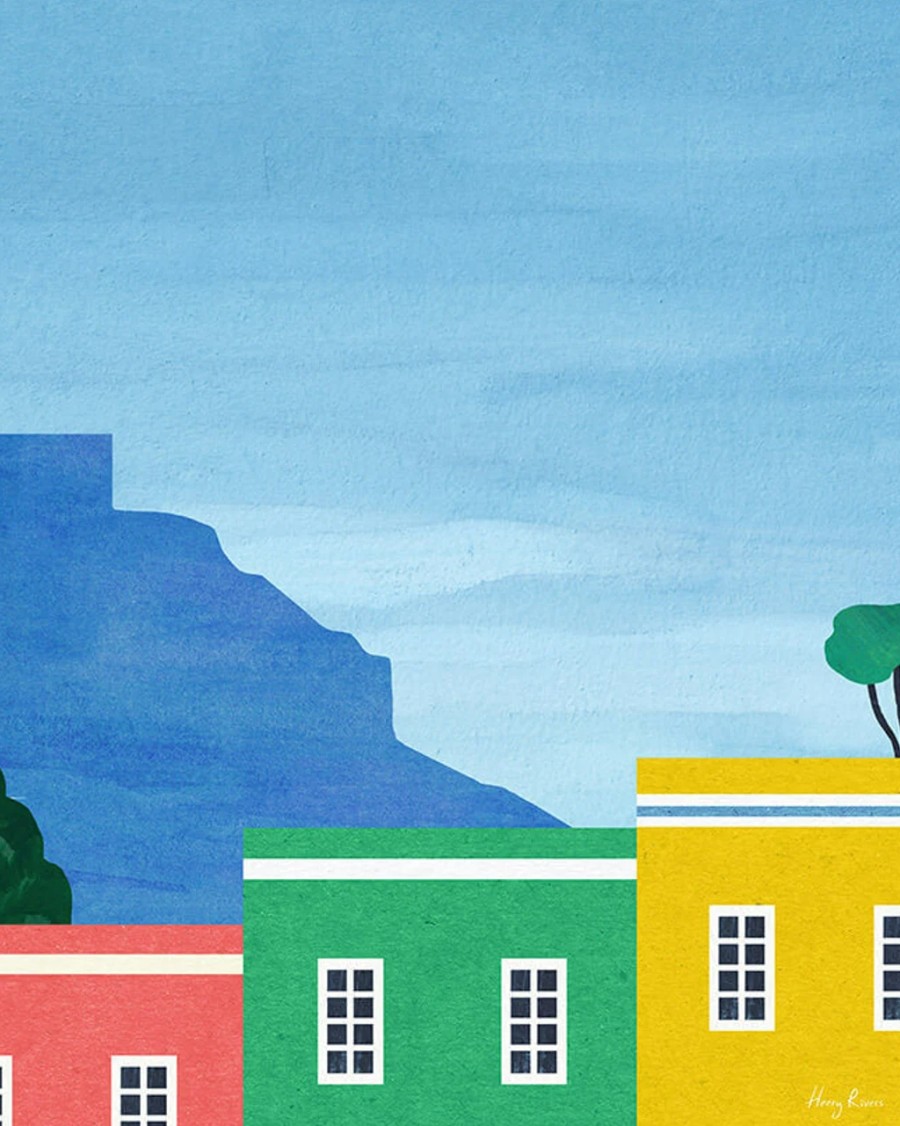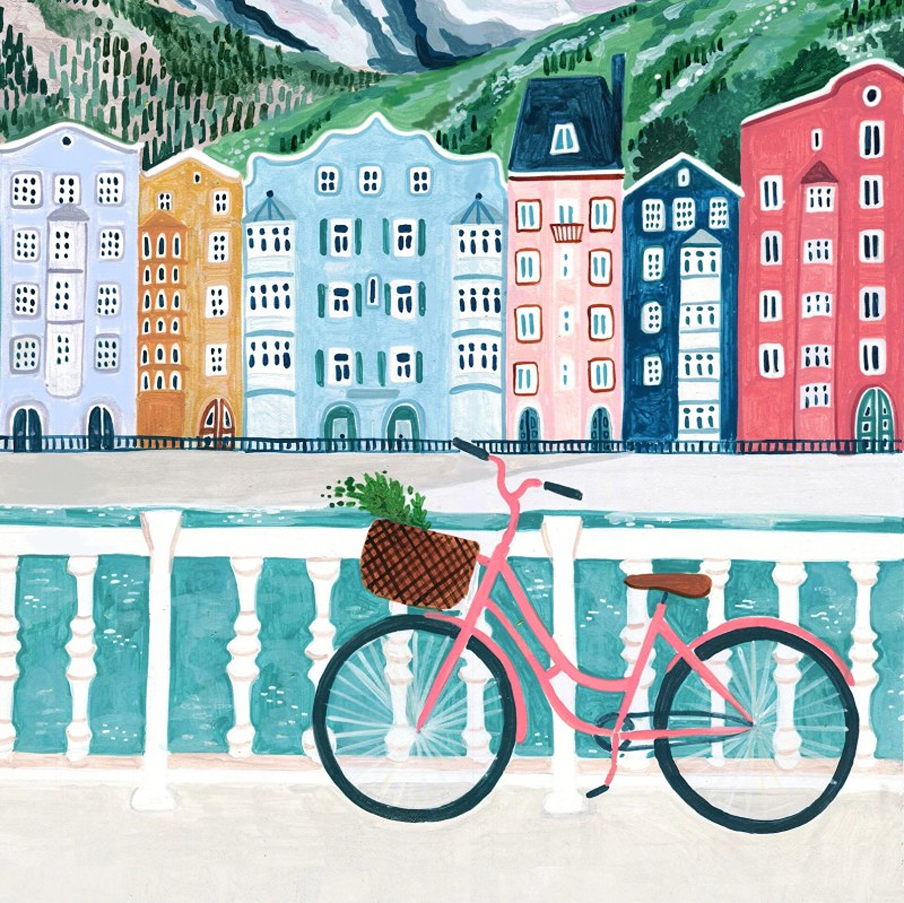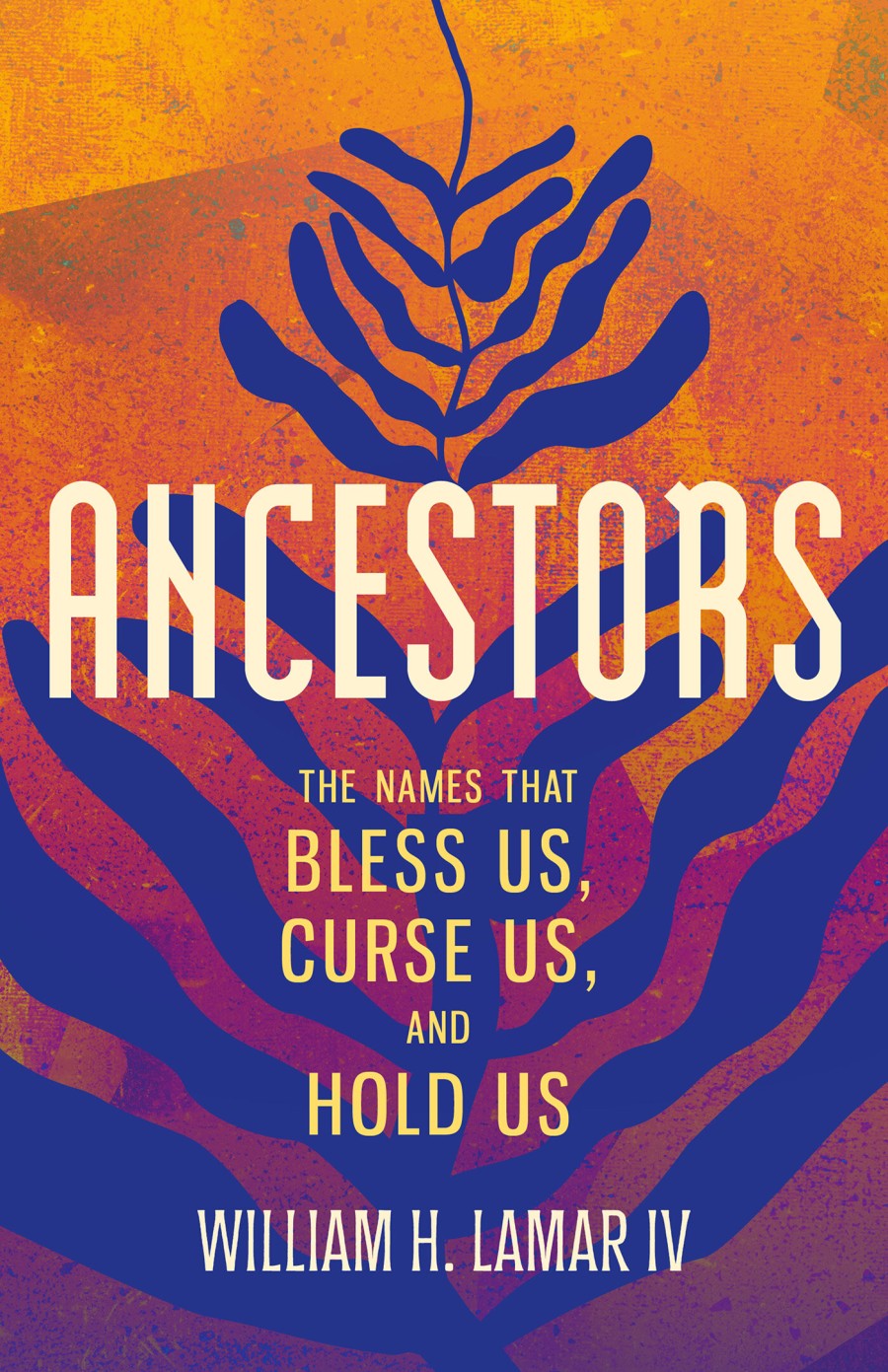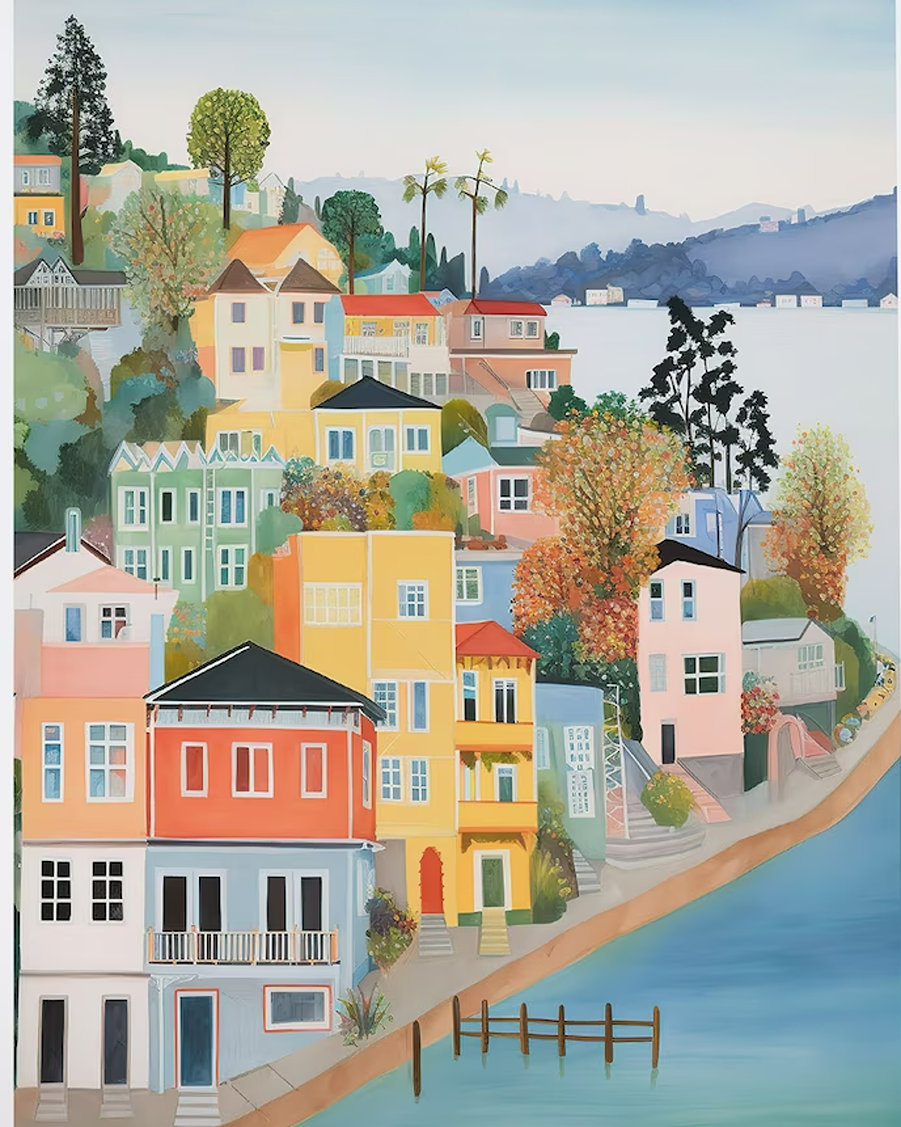
San Francisco is a major city on California’s west coast, and pretty much the equivalent to our city of Brighton in Sussex. It’s a vibrant city known for its music and veggie scene, and home to one of the largest gay communities in the USA. Originally named Yerba Bueno (Spanish for ‘good herb), it’s also home to the second largest Chinatown (just a couple of miles square) outside of Asia. It also has its own Japantown!
Built on 50 hills, you’ve likely seen on TV cop shows how the roads are sometimes almost looking vertical, it must be a bit hairy to park on them! The offical advice is heading downhill is to ‘turn your front wheels into the curb or to the side of the road, and set your parking brake. Or uphill, turn your front wheels away from the curb and let your car roll back a few inches, so the wheels gently touch the curb’. Sounds quite a lot of hassle! No wonder so many people take the trolleycar!
San Francisco Bay connects to the Pacific Ocean via the iconic Golden Gate Bridge. The bay drains water from almost half of California, and is home to many species of endangered sharks (including great white sharks, so don’t go swimming nearby). The suicide ‘safety net’ (a metal grill that stretches all the way across) has just been completed, as is already preventing suicides).
There are many other cities in the San Francisco Bay area, including Oakland, home to a natural saltwater lake and two redwood parks, along with a temperature around 10 degrees warmer than San Francisco.
With a population of around 800,000 (roughly the same as Sheffield, Leeds and Bristol), Sheffield has walkable communities and numerous parks and an excellent public transport system (including trams). For those who drive, you can join on the many car-sharing clubs (rather than buy a car) and there are even eco-friendly gas stations and women-owned mechanic outlets, specialising in hybrid car repairs.
The city also has a thriving zero-waste policy, with hardly anything sent for incineration (there are even reusable nappy laundry services). There are innumerable zero-waste shops (unlike here where one or two is the norm per city). Even a zero waste supermarket with 800 ‘bulk-buy’ bins for refillable goods.
the San Francisco cable cars
With all those hills, many people ditch cars and opt for cable cars, which are iconic the world over. There are seats, though many people just ride hanging the rails, and the ringing bells are heard throughout the city. The San Francisco cable cars are the world’s last manually operated ones, pulled by cables embedded in streets.
The cable cars were invented through tragedy by an English mining engineer who lived in the US. In 1869, he witnessed five horses dragged to their deaths when they slipped on wet cobblestones and slid backwards under their heavy load, and knew he had to come up with an alternative mode of transport for the city.
San Francisco’s issues with homelessness
Homelessness is a big issue in San Francisco, with thousands of people sleeping on the streets or in ‘tent cities’ which most tour buses now witness, upsetting in a fairly rich city. One good idea is Pit Stop Toilet Program, which provides art-covered public bathrooms, also offering places to deposit poop (for those with dogs) and needle waste stations. Vet SOS provides food and medical care for street dogs.
a city at risk of earthquakes
The 1906 San Franciso earthquake damaged around 90% of the city, killed 3000 people and left 200,000 people homeless. Back then there were no seismologists who could predict the tremors, so hopefully nothing like that could happen today, without warning. Also today many buildings are made to be stronger and safer, in the event of an earthquake.
Just as well, as the National Seismic Hazard Model says the the Bay Area has a 95% change of a damaging earthquake in the next 100 years. This is because the area sits on three major faults. The San Andreas Fault runs for over 800 miles, the Hayward Fault has been the cause of 5 major quakes in the last 150 years (called ‘a tectonic time bomb’ as 3 million people live on it). And the Calvareas Fault is an offshoot of the San Andreas falt.
the most dog-friendly town on earth (nearby)
Drive just a couple of hours south of San Francisco, and you end up in the ‘fairytale village’ of Carmel-by-the-Sea, home to beautiful million-dollar houses and a thriving artist community. This town is known as being one of the most dog-friendly on earth. Not only is there a concrete ‘Fountain of Woof’ that spurts out fresh water for thirsty dogs, but local police even patrol the beach, ensuring no dogs have been left in cars (‘Mutt Mitts’ are provided in dispeners at the top of every stair access to beaches). There is even a local calendar of local pooches, sold to raise money for animal shelters. One well-known resident here was Doris Day, who ran a dog-friendly hotel.
For two years, the mayor was former Hollywood actor Clint Eastwood. Running a non-partisan candidate, while in power he advocated environmental protection, supporting small business interests and constructed a library annex, beach walkways and more public restrooms. Today age 93, he is a member of the not-very-well-known Libertarian Party. A previous supporter of the Republican Party, he notes now that he wishes Donald Trump would ‘act in a more genteel way, without tweeting and calling people names’.
San Francisco’s wine-growing Napa Valley
Just north of San Francisco is one of the USA’s renowned wine-growing regions, though it only produces around 4% of wine sold. Home to small family-owned vineyards, the word ‘napa’ is Wappo (native American) for ‘plenty’ and sits on volcanic soil that is very fertile, thanks to regular floods in the past. For this reason, the wine here is unique in taste to any other.

